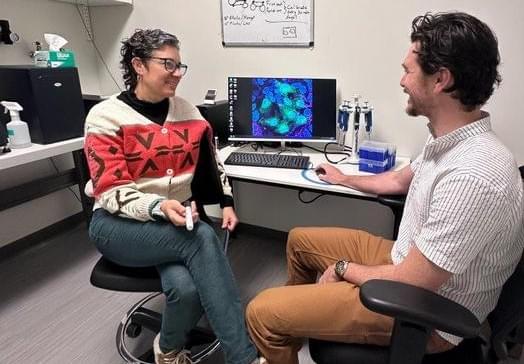Researchers have developed a robot that can anticipate your smile and return it almost instantly. The new work, published as a study in the journal Science Robotics, is intended to help human-looking robots appear more natural. The actual expressions this one makes, however, look anything but.
Named “Emo,” the bot can predict your smile less than a second before it actually appears using cameras lodged into its pupils. Then just as the smile creeps up your face, as shown in an amusing video from New Scientist, Emo grimaces its horrific imitation of one in return, making sure to keep eye contact the entire time.
“I’m a jaded roboticist, but I smile back at this robot,” study coauthor Hod Lipson, at Columbia University, told New Scientist.





